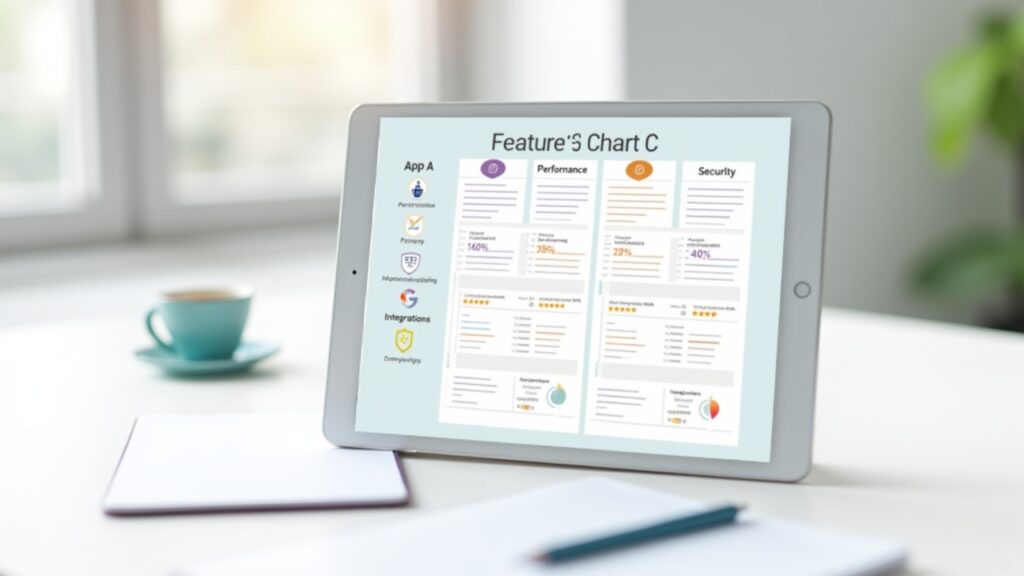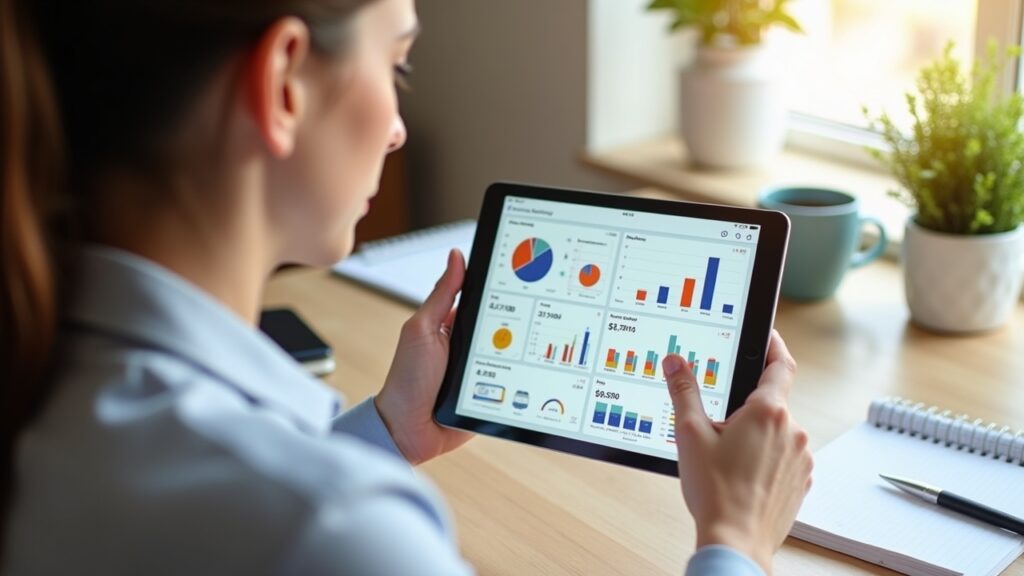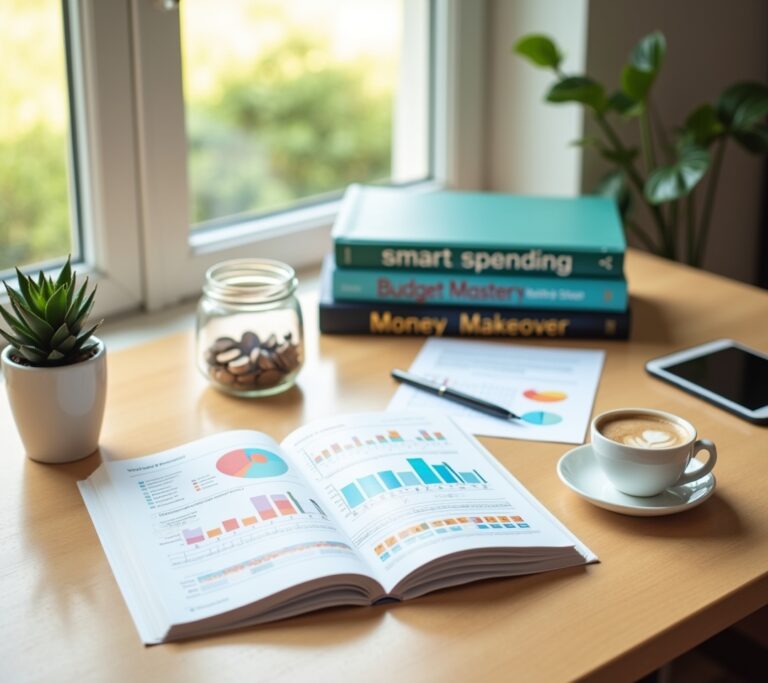Advertisements
Did you know that 65% of Americans have no idea how much they spent last month? I used to be one of them! After bouncing three checks in one week (yeah, that was fun), I finally decided to get my financial act together. The solution? Finding the perfect budgeting app that wouldn’t make me want to throw my phone across the room.
Let me tell you, diving into the world of budgeting apps was like trying to pick a Netflix show – overwhelming and slightly anxiety-inducing. But after testing what feels like every app under the sun, I’ve got some real insights to share. Trust me, your bank account will thank you later!
Why I Needed a Budgeting App (Spoiler: I Was a Hot Mess)

Picture this: It’s 2019, and I’m standing at the grocery store checkout, card declined. Again. The worst part? I had money in my account – I just didn’t know where it all went. Between subscriptions I forgot about and that daily coffee habit that somehow cost me $150 a month, I was bleeding money like a leaky faucet.
That’s when my coworker mentioned she uses Mint to track her spending. Mind. Blown. I had no idea these apps could automatically categorize transactions and show me exactly where my money was disappearing to. Suddenly, I felt like I’d been living in the stone age with my crumpled receipts and occasional glances at my bank statement.
The Big Players: Apps That Actually Made a Difference
After my financial wake-up call, I went app-crazy. I downloaded everything. Some were amazing, others… not so much. Here’s what I discovered about the heavy hitters in the budgeting app world.
YNAB (You Need A Budget): The Tough Love Coach
YNAB was like that strict teacher who actually cared about your success. It forced me to give every dollar a job before I spent it. At first, I hated it – who wants to plan that much? But after three months, my savings account had more money than it’d seen in years.
The learning curve was steep though. I spent my first weekend watching YouTube tutorials and still felt confused. But once it clicked? Game changer. The app costs $14.99 monthly, which ironically helped me save hundreds by making me accountable for every purchase.
Mint: The Free Friend Who Gets You
Mint became my go-to recommendation for friends just starting their budgeting journey. It’s free, connects to most banks automatically, and doesn’t require a PhD to understand. The app showed me I was spending $200 monthly on “entertainment” (okay, it was mostly takeout, but who’s judging?).
The downside? Ads. So many ads. And sometimes the categorization gets wonky – apparently my pet store purchases kept getting labeled as “groceries.” But hey, for free financial tracking that actually works, I couldn’t complain too much.
PocketGuard: The Simplicity Master
When YNAB felt too intense and Mint too cluttered, PocketGuard swooped in like a breath of fresh air. This app literally shows you how much you can spend today after bills and savings goals. Simple. Direct. Perfect for my overwhelmed brain.
I loved the “In My Pocket” feature – it was like having a financial advisor whispering “you can afford that latte” or “maybe skip the impulse Amazon purchase.” The basic version is free, but I eventually upgraded to Plus for $7.99 monthly to get better categorization options.
Features That Actually Matter (And Some That Don’t)
Here’s what I learned matters most when choosing a budgeting app:
Bank syncing that actually works – nothing kills motivation faster than manual entry
Bill reminders – saved me from late fees more times than I can count
Goal tracking – seeing that vacation fund grow kept me motivated
Simple interface – if it looks like a spreadsheet, I’m out
What didn’t matter as much? Investment tracking (I use separate apps for that), fancy reports I’ll never look at, and social features. Sorry, but I don’t need to share my budgeting victories on social media.
The Verdict: Which App Won My Heart (and Wallet)?
After a year of testing, I settled on using YNAB for serious budgeting and PocketGuard for daily spending checks. Yeah, I use two apps – sue me! YNAB keeps me on track with long-term goals, while PocketGuard stops me from overspending on random Tuesday afternoons.
The truth is, the best budgeting app is the one you’ll actually use. My partner loves Personal Capital for its investment features, while my sister swears by good old Mint. We’re all different, and thank goodness these apps get that.
Smart Budgeting Is The Game

Look, I get it – thinking about budgeting is about as exciting as watching paint dry. But finding the right app changed my relationship with money completely. No more declined cards, no more end-of-month panic, and surprisingly, no more money guilt when I treat myself.
Start with a free option like Mint to get your feet wet. If you’re ready for something more robust, give YNAB’s free trial a shot. The important thing is to start somewhere – even if its just tracking expenses for a week.
Remember, personal finance is exactly that – personal. What works for me might not work for you, and that’s totally fine. Ready to take control of your financial future? Check out more money-saving tips and financial wisdom at Cashflow Zen – we’re all about making money management less scary and more achievable!




[…] how everyone else affords vacations. Ready to dive deeper into personal finance? Check out more practical money tips at Cashflow Zen – we’re all about making finance less scary and more […]
[…] looking for more practical money tips and real-life financial wins (and fails), check out other posts on Cashflow Zen. We keep it real around here – no judgment, just honest money talk that […]